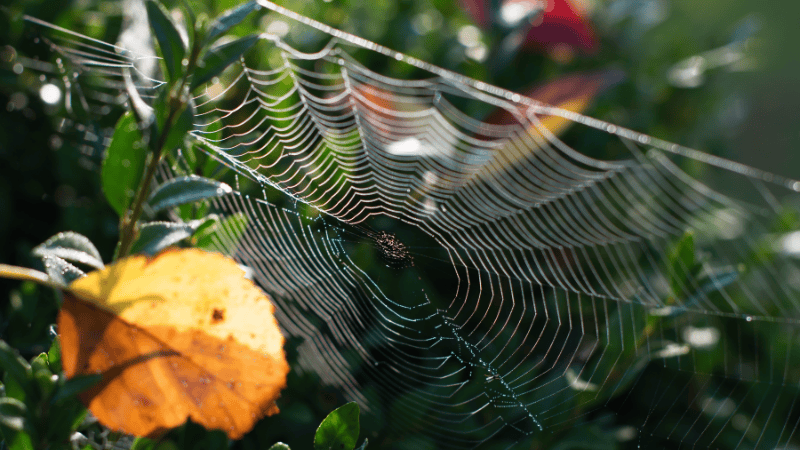Do you Know how to Spot Signs of Rodents?

Each winter, mice and other rodents invade an estimated 21 millions homes in the United States. Break that down even further and 37% of Americans have actually spotted a rodent in their home in the last year.What if you don't lay eyes on a mouse or rat? Are there other signs to be aware of? Here is our list of signs that can help you spot the beginning of a rodent issue before it becomes a troublesome infestation.

Droppings
One of the first signs of a rodent issue is the discovery of droppings somewhere in your home. Many homeowners find small black colored droppings that may be pointed or blunt at the ends. Those are indicative of a mouse or rat feces respectively. They usually tend to be found around a food or water source and in a dark, cool place. Pantries, cabinets, basements, and attics are the most common locations. Do a regular check of these areas so if there is a mouse or rat feasting in your home, you can put a stop to it right away.
Foul Urine Odor
Just like all creatures, rats and mice urinate often. The smell can be powerful especially if it is in an enclosed area. Be aware of changing smells in your home especially when the heat is on. If a rodent has urinated near a heating source the smell will be stronger when the heat initially turns on.
Grease Marks or Runways
Mice and rats secrete grease on their paws. These grease stains will mark the areas where they travel. Since rats and mice are creatures of habit, runways will develop in areas where they have scavenged for food. They can be found on wood floors, cabinets, walls, and stairs. These rub marks are common when there are more than one or two mice/rats.
Noises
Rodents tend to make noise as the scurry around in crawl spaces and attics. Listen during the quiet times at night to see if the scratching or gnawing sounds could be a rodent issue. Remember that mice at rats are nocturnal so the noises will increase at night, if that is in fact what is in your home.

Nesting and Gnaw Marks
If the rodent is planning to overwinter in your home, they may set up a nesting area which may include your storage items, insulation, or clothing. Be aware of changes in storage spaces and messes that were not there in previous months. Also be on the lookout for gnaw marks that could indicate a chewing rodent has been in the area.Do you have questions about a possible rodent infestation in your home? Check for these signs and call our number if you want further inspection and evaluation.



